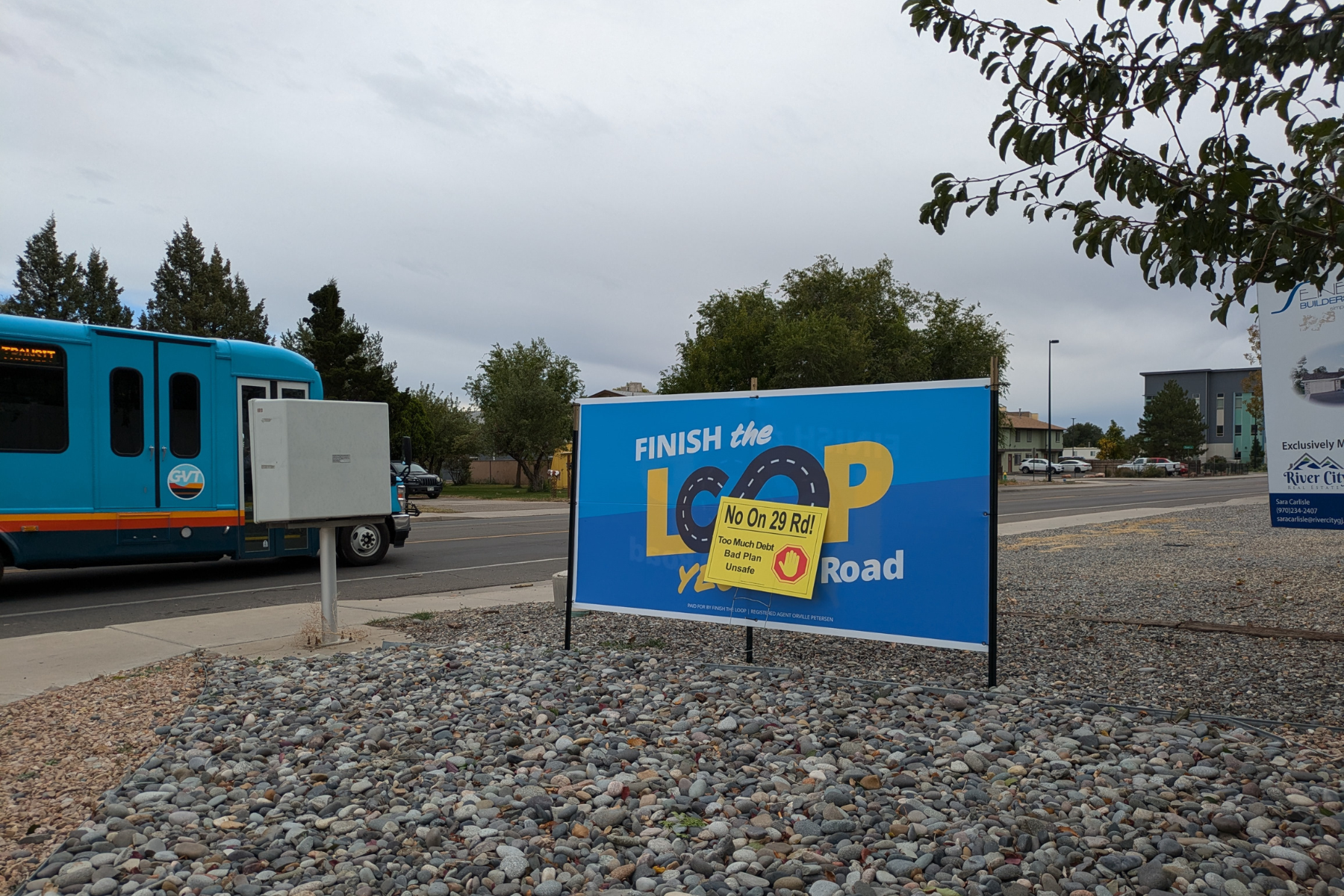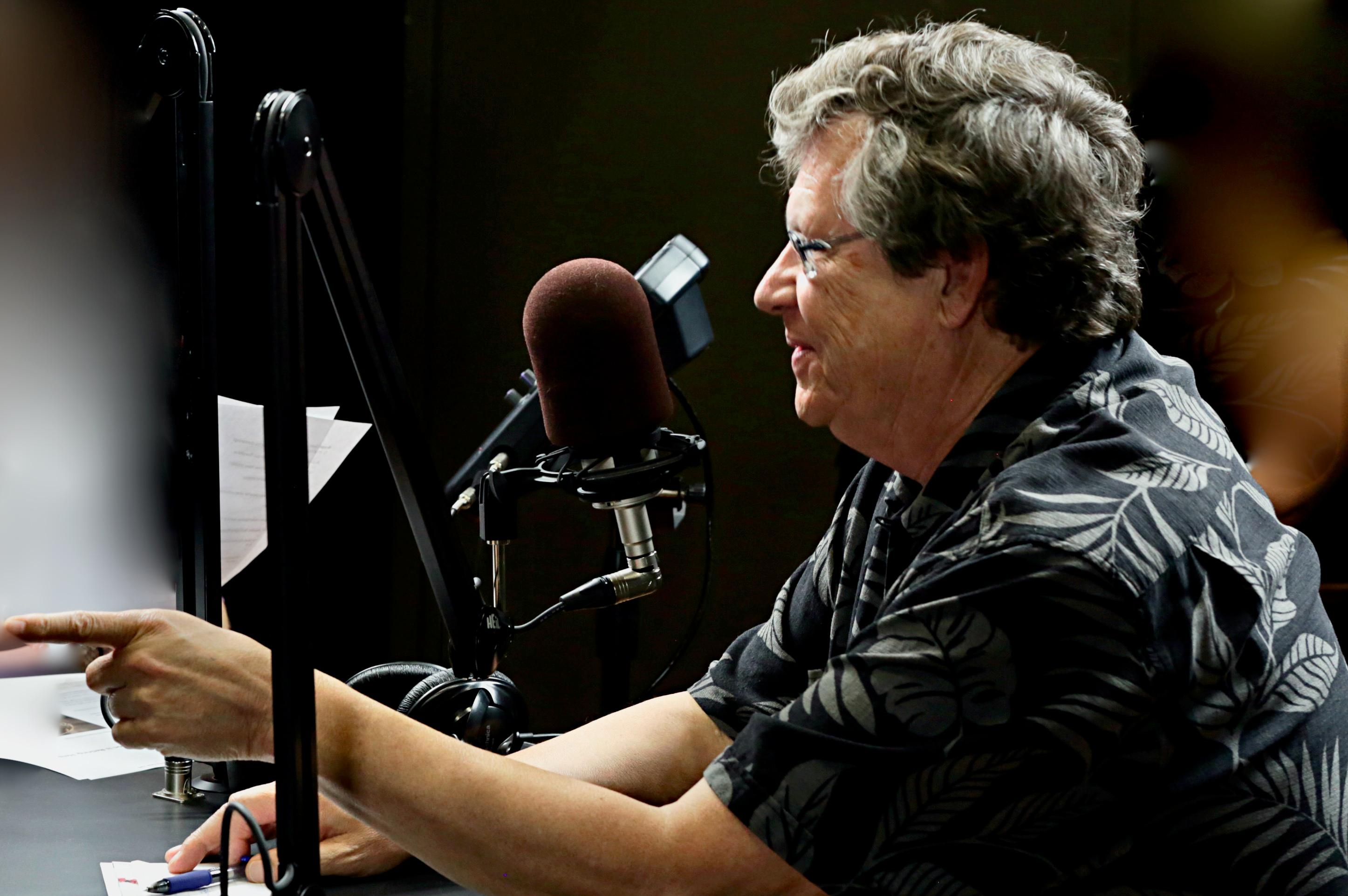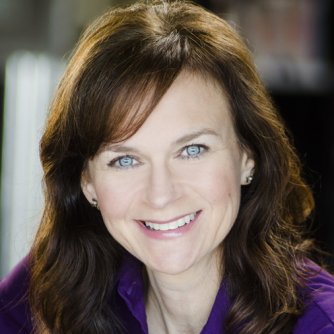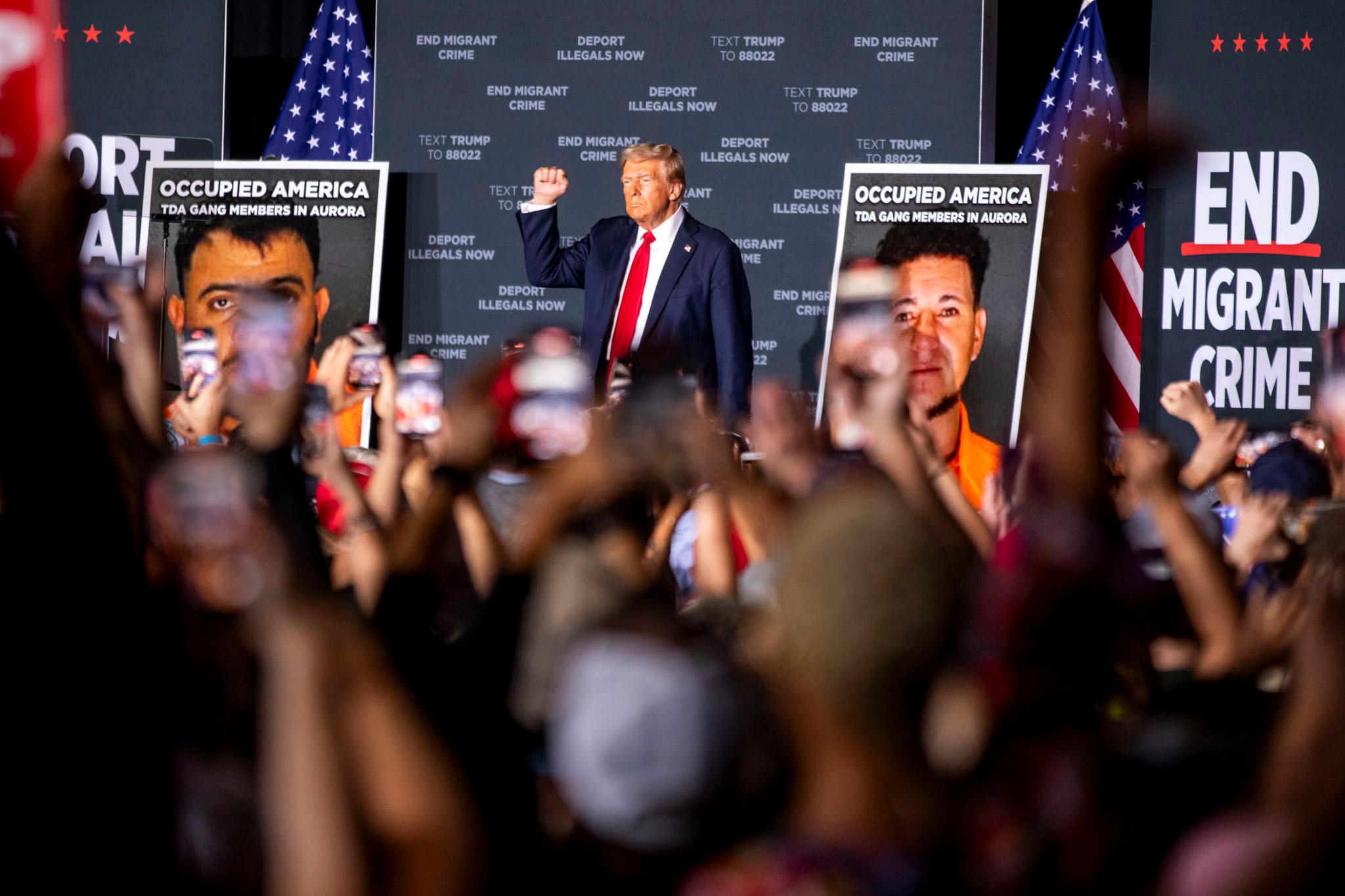
Voters in Western Colorado’s Mesa County are at a $170 million, three-decade fork in the road this November as they consider a transportation proposal that could usher in the future of the Grand Valley, or become a relic of transportation-solutions past.
Mesa County Ballot Issue 1A would add a new highway interchange in the county at the cost of $80 million in debt funding, with a repayment of $173 million over the next 30 years. The issue, which would not raise taxes, would be the culmination of a decades-long vision for the region’s roadways.
Grand Junction City Council Member Cody Kennedy, a proponent of the idea, says it would complete a series of major traffic projects around the community, which is captured in the slogan “Finish the Loop.”
“We're talking about completing a $200 million investment,” Kennedy said. “That is significant not only to complete it for our current infrastructure but also as we look forward for generations to come for not only easing traffic within our system but also encouraging people to move around the system.”
Opponents of the plan, however, see a generational obligation in the form of debt service payments for a project that is unnecessary, unsafe and out-of-step with recent trends away from such projects. Grand Junction City Council Member Scott Beilfuss voted against putting the issue on the ballot. He said the ballot measure is going before voters before design has even been completed.
“It's not approved by CDOT. It's not approved by the feds. It's not totally approved on the environmental study, yet,” Beilfuss said. “Why the heck are we voting on this right now? It should be a finished product.”
As voters begin to cast their ballots, the 29 Road interchange proposal has become a focus of the upcoming election, with dueling columns in the local newspaper, debates over traffic studies and community events to rally voters. However, its viability with the public may not guarantee financial support from state or federal agencies.
For decades, Mesa County leaders have hoped that state or federal funding could be secured to cover some of the costs. When city and county leaders drafted the agreement for the ballot measure, they said any grants received would come off the top of the total bill.
However, as Colorado shifts away from paying for projects that benefit cars while placing a greater emphasis on safety and public transportation, opponents say that the new highway interchange is out of place with this era of transportation thinking.
“The proponents are dancing around saying that they're going to go to Washington and get some grants to pay for this,” Beilfuss said. “But they've had 50 years to do that and they haven't done it.”
For his part, Kennedy said even if the interchange never gets a penny out of DC or Denver, the project is still a worthy endeavor.
“As an investor in real estate, I always look at worst-case scenario,” Kennedy, a retired detective with the Grand Junction Police Department, said. “So we can't go about this just assuming that we're going to get these grants or get a super-low interest rate. We are optimistic that that's going to happen, but we plan for more of a worst-case scenario so that we are prepared to handle it.”
Cart before the horse
Zane Znamenacek, Region 3 traffic and safety engineer for CDOT, said it’s unusual to review plans for a proposal that is at the same time going before voters. The agency won’t weigh in on the idea, but they do need to evaluate the plans before any dirt starts moving. CDOT, along with the Federal Highway Administration, have to sign off on new projects but usually, that comes earlier in the process.
“What typically happens is new interchanges are oftentimes built by communities that either have a lot of money because of the growth that's occurring or they're proposed by a big developer that's putting in a mall or something like that,” Znamenacek said. “And so for them to write a check for a hundred million dollars for an interchange is not a big deal, and they can actually front that money before we even start in this process. So this is a little bit different in that we're going through the process without a funding stream identified.”
Znamenacek said the interchange is one of only a few such projects actively being discussed in the state. In recent years, particularly post-pandemic, Znamenacek said transportation priorities have shifted.
“There's a lot of options out there. There's more options than we've ever had for transportation, but I think a lot remains to be seen on how those flesh out and what kind of infrastructure those require,” he said.

In terms of funding, Znamenacek can’t speak specifically to whether or not the 29 Road interchange could get state or federal grants. In nearby Parachute, CDOT did help pay for a new highway interchange about a decade ago, but Znamenacek said that project was more closely linked to CDOT facilities and priorities, whereas 29 Road would be more comparable to a project that would be funded by towns or developers.
“So it's not uncommon for the state to not participate financially in those kinds of projects,” he said.
That makes some opponents nervous that they’ll be stuck with the whole bill on the 29 Road project, which is set to be split between the city and Mesa County. That could mean less money for other city priorities like workforce housing. However, Kennedy points to other projects, like the Piccadilly interchange in Aurora which got $25 million in federal money, as a reason for optimism. He also said the interchange will be worth it over time.
“You have to make sacrifices and you have to decide what's going to be your priority. I think the city has made incredible investments into our unhoused situation and will continue to do so and make smart investments there,” Kennedy said, adding that the interchange would factor into continued economic growth.
That economic growth, however, has been a question for skeptics like Beilfuss.
“I feel like the citizens are being taken advantage of. Once again, economic development on the back of the working person, and we shouldn't be paying for all of this,” he said. “At least half should be paid by the developers. So it's not a good deal for the voters.”
Critics say the plan is not about improving access for those who live in the area — a primarily residential section that connects with a major east-west artery called Patterson Road. Rather, they argue, it’s about accessing land north of the interstate for development.
Safer projects, cleaner air
The 29 Road interchange is currently in a draft form, and work remains to be done before highway officials would fully evaluate it. But as it stands, Znamenacek said the proposal would certainly need some work.
“The most recent information that we've seen shows about a 10 percent decrease in safety. So that's obviously a big red flag, and that's something that we're working with the project team on,” Znamenacek said.
This comes as CDOT has placed a greater emphasis on safer roads with reduced climate impact. Last month CDOT adopted a new directive aimed at those measures.
One of the drivers of the increased risk factor for the 29 Road project would be Interstate 70. The new highway exit would be less than two miles from an existing highway exit, the one at Horizon Drive that accesses the Grand Junction Regional Airport, among other things.
Two exits that close together create “traffic jockeying,” when vehicles trying to enter the highway have to maneuver around others that are moving over to exit it. This is made particularly challenging because the portion of Interstate 70 in question was notorious for accidents, Znamenacek said, so much so that the speed limit was reduced for that section of highway years ago.

The interchange would also mean more traffic entering that portion of the valley. Advocates say this would actually relieve stress on existing roadways that see the majority of commuter traffic, though residents in the area fear that relief would come at the expense of more vehicles along 29 Road, which has two schools in the area.
“The safety component to that neighborhood and to the citizens is totally flawed and people should be very concerned about that,” Beilfuss said. “The whole package has, it's a Swiss cheese project. It's got a lot of holes in it, and it definitely needs to be vetted better and better financed before they bring it to the voters.”
Kennedy, however, said ongoing improvements to the plan have alleviated safety concerns, and it won’t drive too much traffic into the system. He also points to things like multimodal paths included in the design that will add to the area’s bike and pedestrian trail network, a priority for many in the region.
He said he respects his fellow elected officials who oppose the plan, but where they see a debt obligation, he sees an investment, not unlike a property he might have bought years ago.
“I think it's a matter of just making smart decisions, investing now that will give us more capacity in the future as economic development comes, especially that area,” Kennedy said. “I see that we will have more revenue to work with and grow with as a city, just as I might have more revenue for investing in a house in, you know, 2013, and it's appreciated in value and the rents have gone up as well.”









